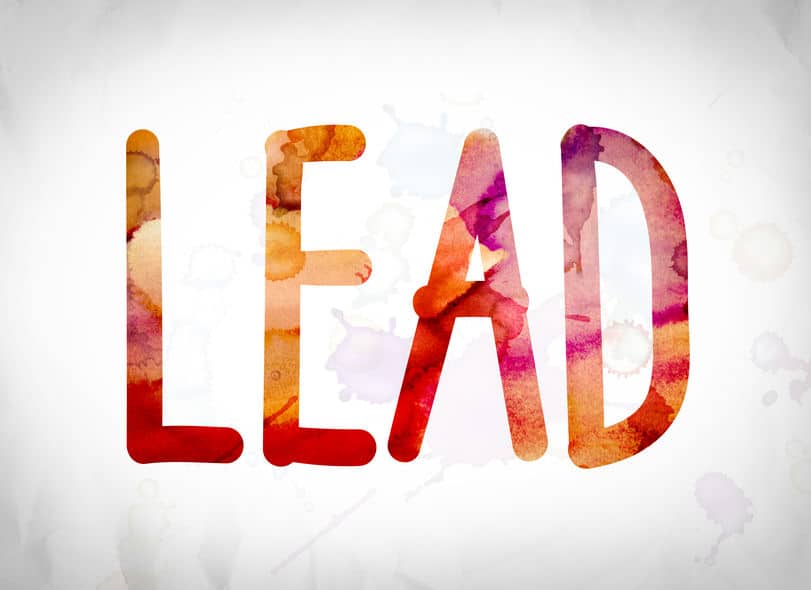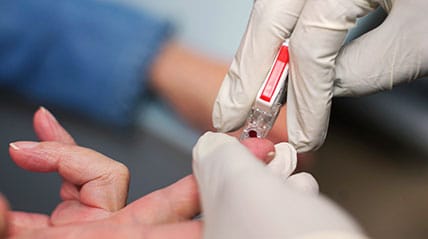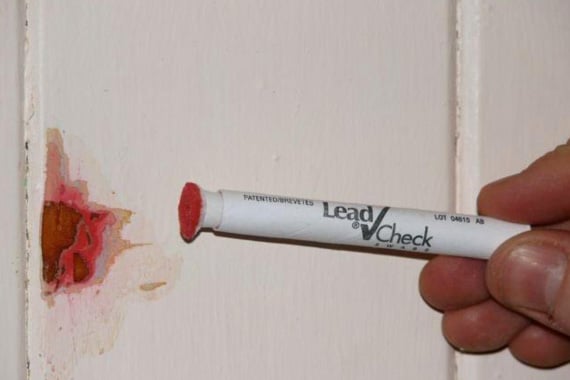How to Identify Lead Paint
Dangers of Lead-Based Paint in Your Home
Dangers of Lead-Based Paint in Your Home
Lead is a very toxic metal. Understandably, you may be worried that your home has lead-based paint. Lead poisoning can put your family at risk of some very serious health complications. Children under the age of six are particularly very vulnerable to lead poisoning.
Lead poisoning can lead to developmental delay, loss of appetite and loss of weight, learning difficulties, hearing loss, sustained fatigue, and seizures in children. In adults, lead poisoning may result in high blood pressure, memory loss and reduced ability to concentrate, mood disorders, joint pains, miscarriage, and premature birth.
When lead poisoning is so dangerous, it is unfortunate that many American homes have lead-based paint. An estimated 24 million homes in the United States have lead paint. The government banned the use of lead-based paint in 1978. Before 1978, lead-based paint was the norm. 87% of the homes built before 1940 have lead-based paint. 24% of the homes built between 1960 and 1977 also have lead-based paint.
Exposure to lead at home usually happens when lead-based paint is ingested. Usually, the paint does not present any problem to humans when it is still intact and is not chipping, flaking, or crushed due to everyday wear-and-tear. There is no definite level of exposure to lead that is deemed safe. The range of exposure determines the severity of health effects, especially among young children and pregnant women who are the most at-risk groups. The following are the health effects of lead poisoning:
How to Check If Your Home Has Lead-Based Paint
Have Children Tested for Lead Levels in the Blood
The first step should be to check if your loved ones have been exposed to lead. States have different recommendations and you should consult with your local health department on the appropriate course of action.
Generally, the American Academy of Pediatrics recommends that children be tested for lead levels when they turn 1 and 2. Older children can undergo screening on-demand whenever necessary. Such screening is simple and involves taking a small blood sample to measure lead levels in micrograms per deciliter (mcg/dl). While there is no level of lead in the blood that can be deemed safe, a measurement of 5 mcg/dl or higher is considered unsafe for children.



Hire a Professional to Do an Inspection
You can have a professional inspection done by either getting a licensed contractor to come to your home or by sending a paint chip sample to a laboratory. Make sure that the professional is actually certified by the EPA. The EPA certifies inspectors, risk assessors, and abatement workers in the field.
Professional inspectors usually employ X-ray fluorescence analyzers to detect surfaces and paint with lead above acceptable levels. After the test, the professional will send you a report detailing the areas with lead-based paint. If the inspection confirms that there is lead-based paint in your home, you should consider hiring an EPA-approved risk assessor to evaluate whether or not the lead-based paint in your home poses any significant health risks to you and your family. Risk assessment usually looks at the lead levels in the paint as well as the condition of the paint job (deterioration, peeling, etc).
Get a Test Kit and Do the Test Yourself
While you can get a test kit to test for the presence of lead-based paint yourself, it is important to be aware that many test kits are ineffective and are not worth your money. According to the U.S. Consumer Product Safety Commission, many test kits in the market may fail to detect lead-based paint even when such paint is there.
To be safe, use only test kits that are EPA-approved for consumers. Most EPA-approved kits are affordable and will cost you about $25 for eight swabs.
What Not to Do If You Identify Lead-Based Paint in Your Home
Lead poisoning usually happens when the lead is ingested. Therefore, if the paint is intact and there are no signs of flaking, peeling, or crushing due to everyday wear and tear, it probably poses no immediate risk to the health of your family. The biggest mistake you can make is to disturb the paint without professional help. Such disturbance will probably lead to the creation of paint dust that can be easily transferred from hand to mouth.

If you want to reduce the chances of lead dust invading your spaces, you can cover walls inside the house with vinyl, paneling, or wallpaper. If you choose to get rid of the paint, hire a professional who can use safe stripping methods. Chemical stripping, in particular, is recommended as it results in the least amount of dust.
Since children and pregnant women are very vulnerable to lead poisoning, do not have them around the house whenever renovations are being done. It is safer to have them go elsewhere until the renovations have been completed and the dust has settled and you’ve wiped the dust off surfaces with a wet cloth or mop.
You should also not disturb lead paint without wearing protective clothing. You should adorn appropriate protective gear such as gloves, goggles, overalls, and an approved respirator. Further, you should cover the working area with plastic to collect all falling dust. Whenever work is being done indoors, all fixtures that cannot be moved should be covered. Obviously, you cannot afford to leave drapes and curtains hanging since they typically absorb lots of dust.

